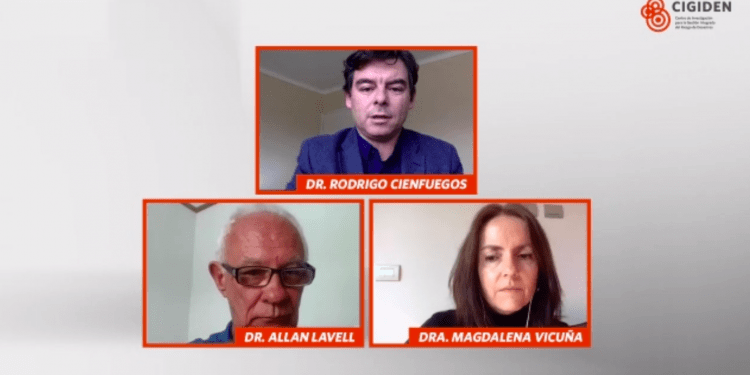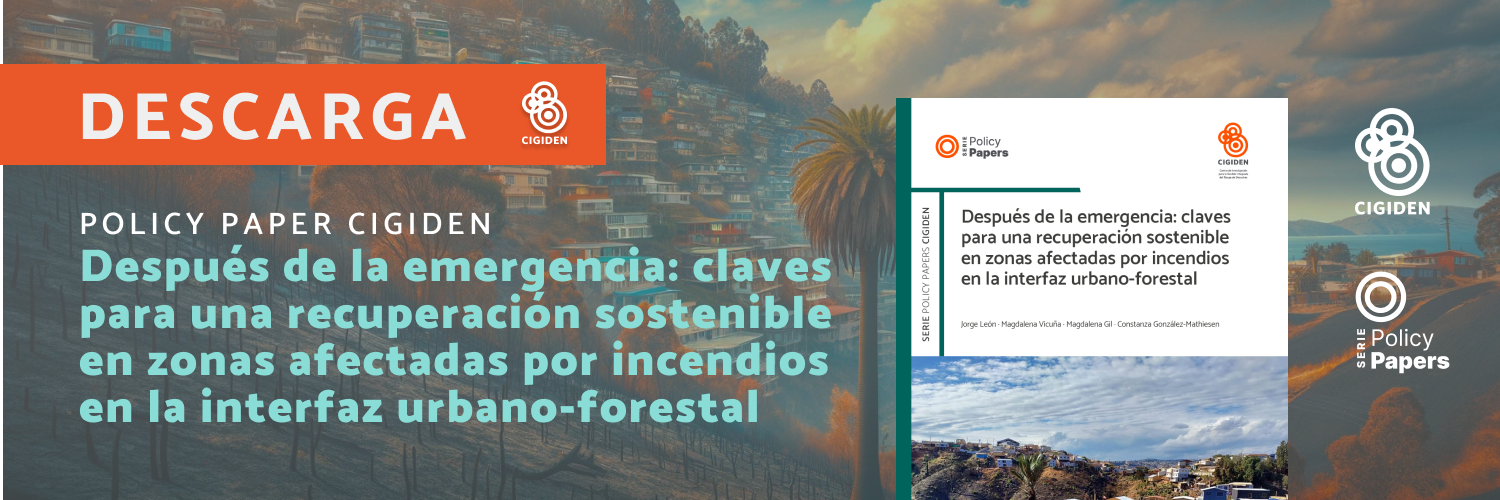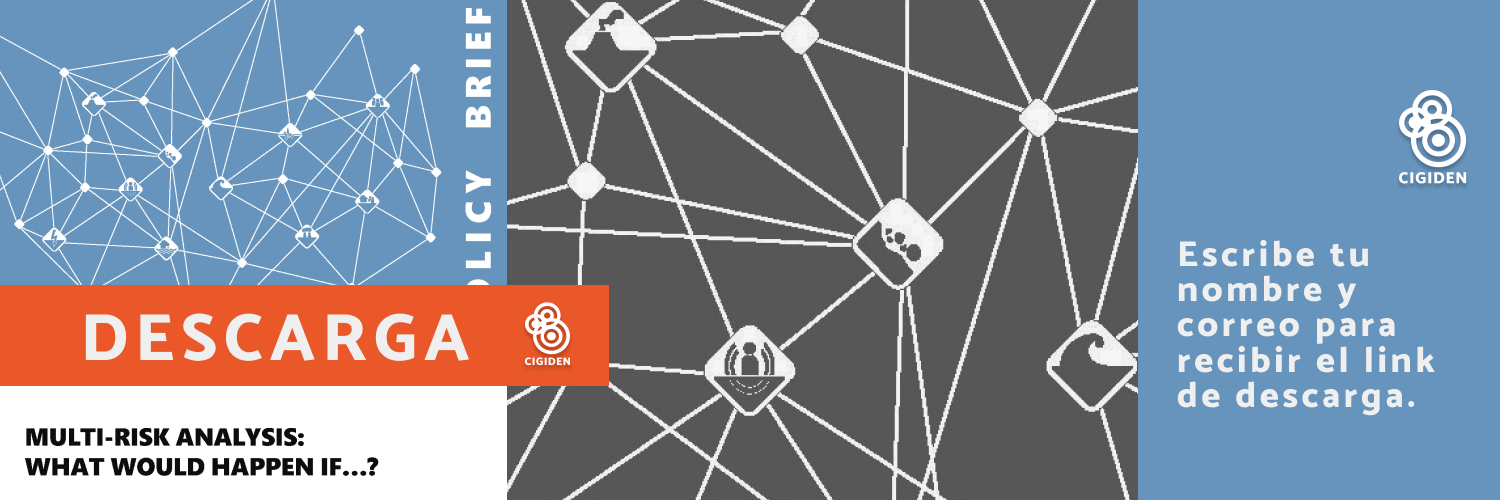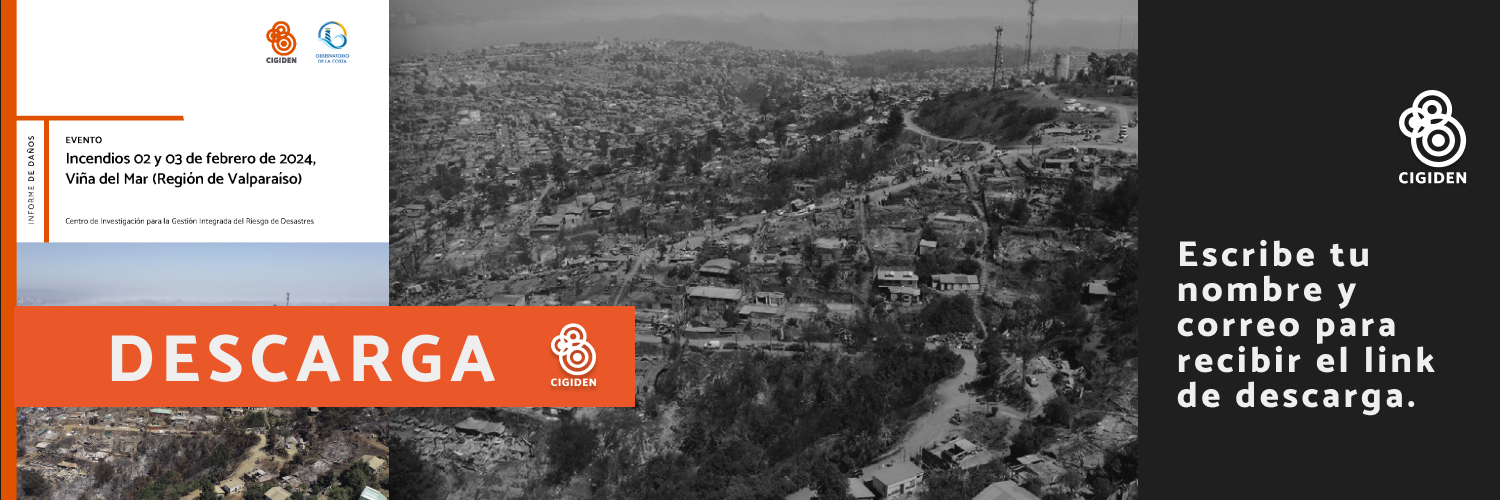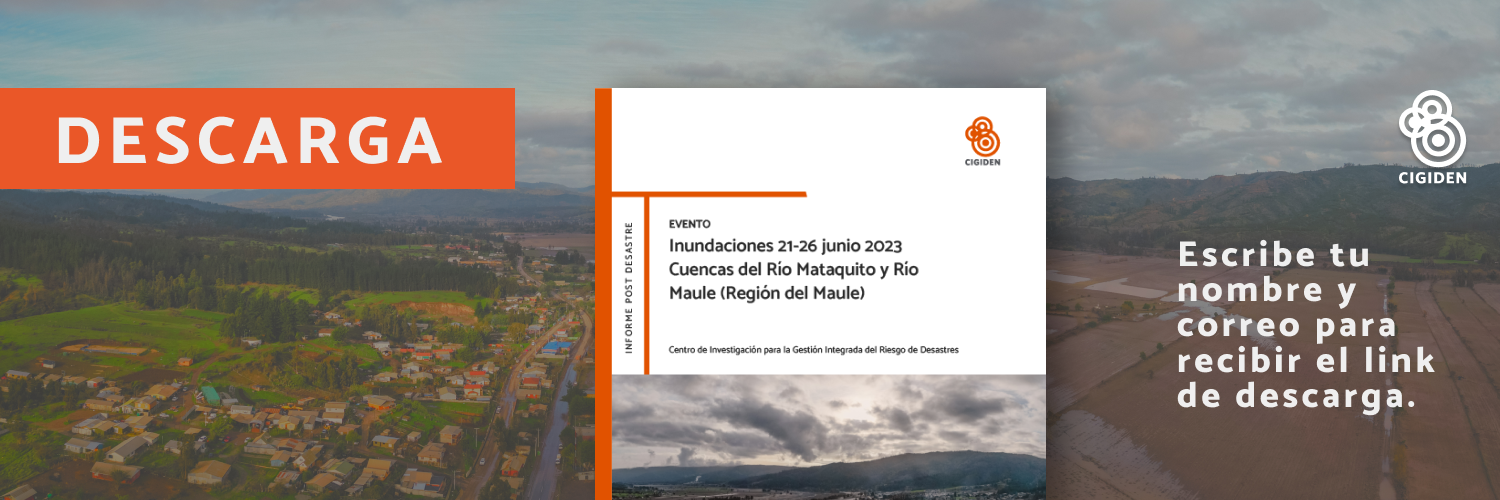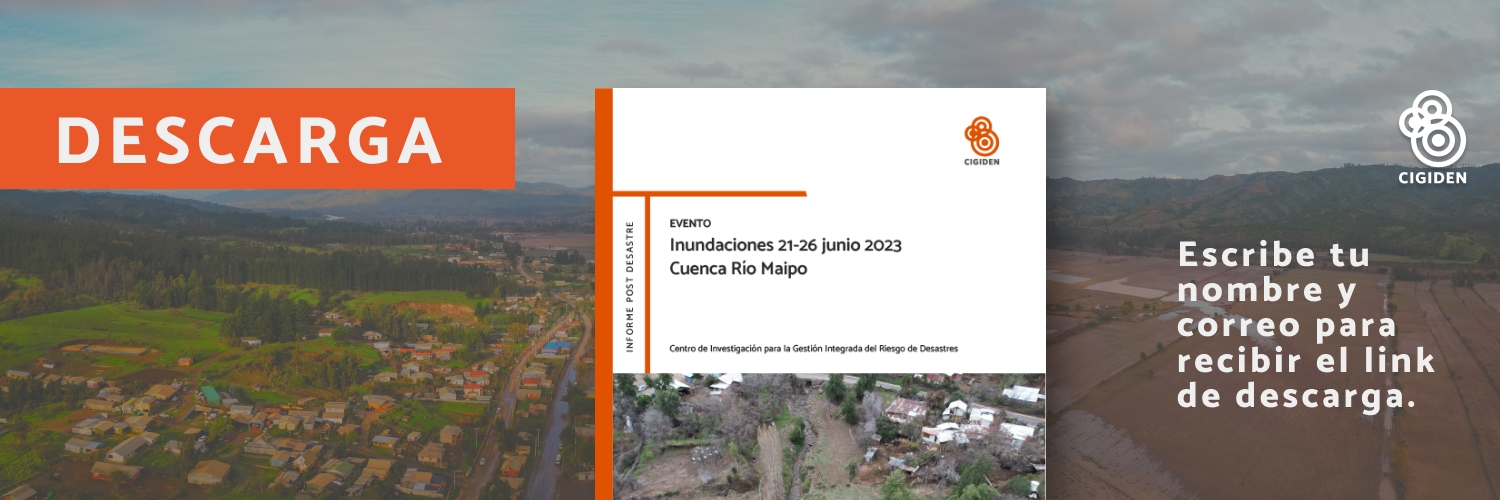The definition of disaster, according to Disaster Risk Management experts, implies a severe disruption of the routine functioning of a society, community, region or country, due to the impact of an adverse physical, biologic or anthropogenic event. Therefore, says Allan Lavell, Ph.D. in Economic Geography from the London School of Economics and coordinator of the Risk and Disaster Research Program of the Latin American Faculty of Social Sciences (FLACSO by its initials in Spanish) in Costa Rica, the pandemic itself and the effects of COVID-19, qualify as a «disaster» and even more, as a «catastrophe».
From this perspective, what is happening in Chile and the world with the pandemic is an unprecedented challenge that must be addressed from the viewpoint of disaster risk and its management, says Dr. Lavell, British expert invited to join the first conference of the CIGIDEN discussion series called «Rethinking Disaster Risk Management and Resilience».
Lavell talked about the new perspectives for the post-COVID-19 DRM, together with Magdalena Vicuña, Ph.D. in Architecture and Urban Studies if the UC, academic of the Institute of Urban and Territorial Studies of the Catholic University of Chile (UC by its initials in Spanish), and CIGIDEN researcher. The event was attended by the CIGIDEN director, Rodrigo Cienfuegos, and more than 200 people, via Zoom, Facebook Live, and YouTube Live, on CIGIDEN accounts.
Risk Perspective
According to Rodrigo Cienfuegos, also a UC Engineering academic who welcomed the meeting, the Covid-19 health crisis spark off an intense debate on the importance of the relationship that should exist between Disaster Risk Management and pandemics, and how such approach impacts on people lives
Addressing Covid-19 as a disaster, Allan Lavell stated, requires adapting tools and conceptual frameworks formulated to interpret disasters associated with physical-natural, socio-natural and technological phenomena. A pandemic related to a biological vector that in spatial, temporal, and semantic terms, has radically different characteristics.
Indeed, says the geography doctor, the pandemic is framed in all the conceptual and practical terms of disaster, however one that we could call «slow disaster». «The exposure is not geographically limited, due to the biological nature of the virus that can travel and affect any part of the world. Moreover, it does not directly cause any infrastructure damage, but is rather associated with public policies and measures to prevent contagion,» he claims.
What we know today about Covid-19, the expert adds, is who is most exposed – although at first the spread was linked to the wealthiest class capable of traveling around the world and cities – mainly peripheral communities and those with fewer resources. Moreover, the pandemic is an urban phenomenon,» he warned.
Disaster and urban
Consequently, what does Disaster Risk Management (DRM) tell us from the urban perspective?: «If we are not able to recognize that there is a set of causes and processes that build risk from particular hazards, but also chronic and everyday causes, we will never integrate DRM into the development DNA, let alone accept that disaster risk has a poorly managed development.
Magdalena Vicuña, who held the dialogue between the attendees and the international guest, set up the discussion on how the health crisis in Latin America has led to an urban crisis while sharpening the problems that cities have been facing for decades. «During the last few months we have been able to see that there is a close relationship between the problems derived from the pandemic and the way we have built the cities in Latin America, where on average, 80% of the people live in urban areas».
According to the UC architect, the Covid-19 sharpened the segregation and inequality problems in terms of access to social, cultural and economic opportunities offered by the pre-pandemic city. A simple example of inequality, says the expert CIGIDEN, are the times of public transport travel from homes to work between the peripheral communes and those of the eastern area. There is at least one hour difference, which increases the contagion exposure of impoverished neighborhoods.
Additionally, «the population’ s vulnerability in the city increases during a pandemic if we consider density, overcrowding, poor housing, and even the lack of it, which makes it impossible to implement public policies to reduce infection, such as physical distancing and confinement,» added Magdalena Vicuña. Thus, Allan Lavell responded, with COVID and other threats such as earthquakes, we must conceive the city differently and with risk management firmly attached to the communities. «We must democratize the processes of Disaster Risk Management, that must be suitable to the interests and vision of people and their territories», he concluded.


